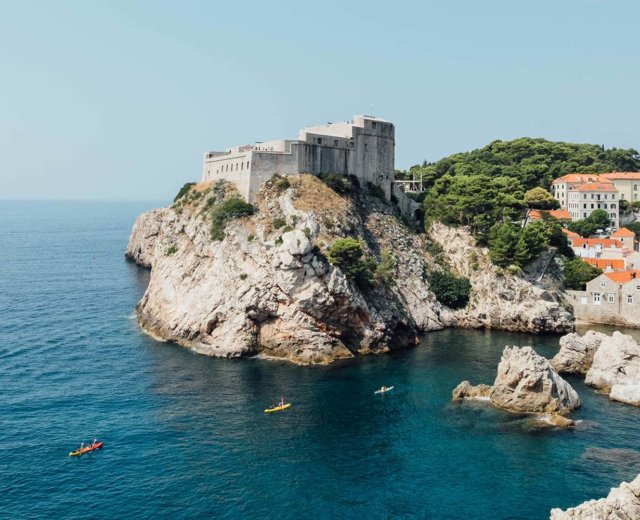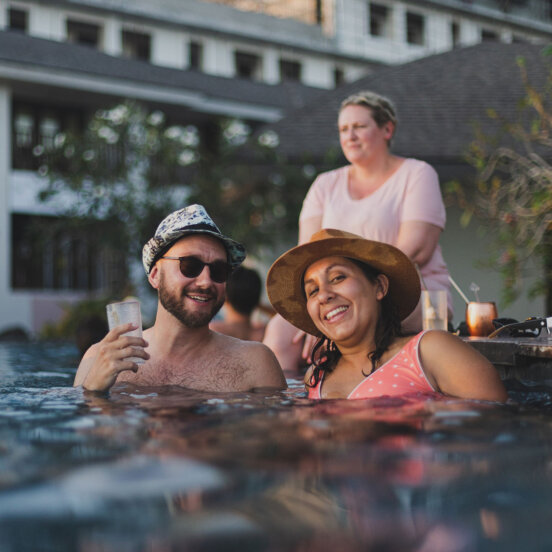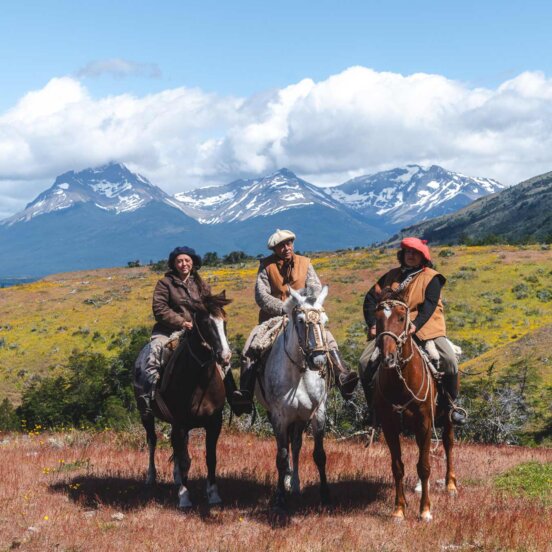The best places to visit in France: Your ultimate guide
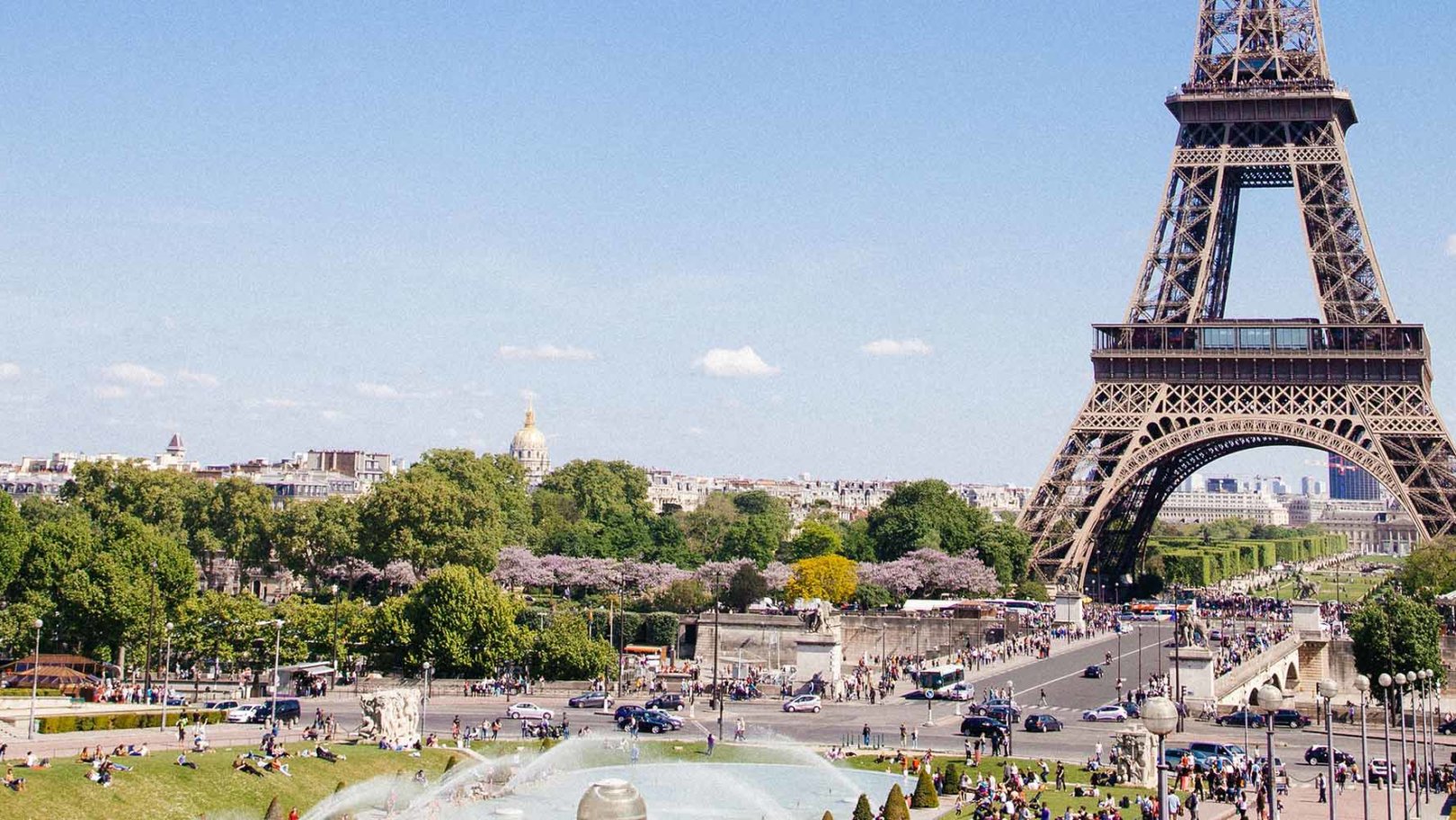
Vive la France! France’s popularity is certainly not on the wane, but with excellent wine, rich cultural heritage and a landscape that varies wildly from region to region, how could anyone become bored of France?
If you’re planning a trip to France, it can be difficult to know where to start. It’s a country of snow and skiing, but also stunning sandy beaches and deep blue seas. You could spend a lifetime exploring its museums, art galleries and historical sites and still not see them all, so where do you start?
Well, we’ve broken down our picks for the best places to visit in France and what to do or see in each region.
Paris
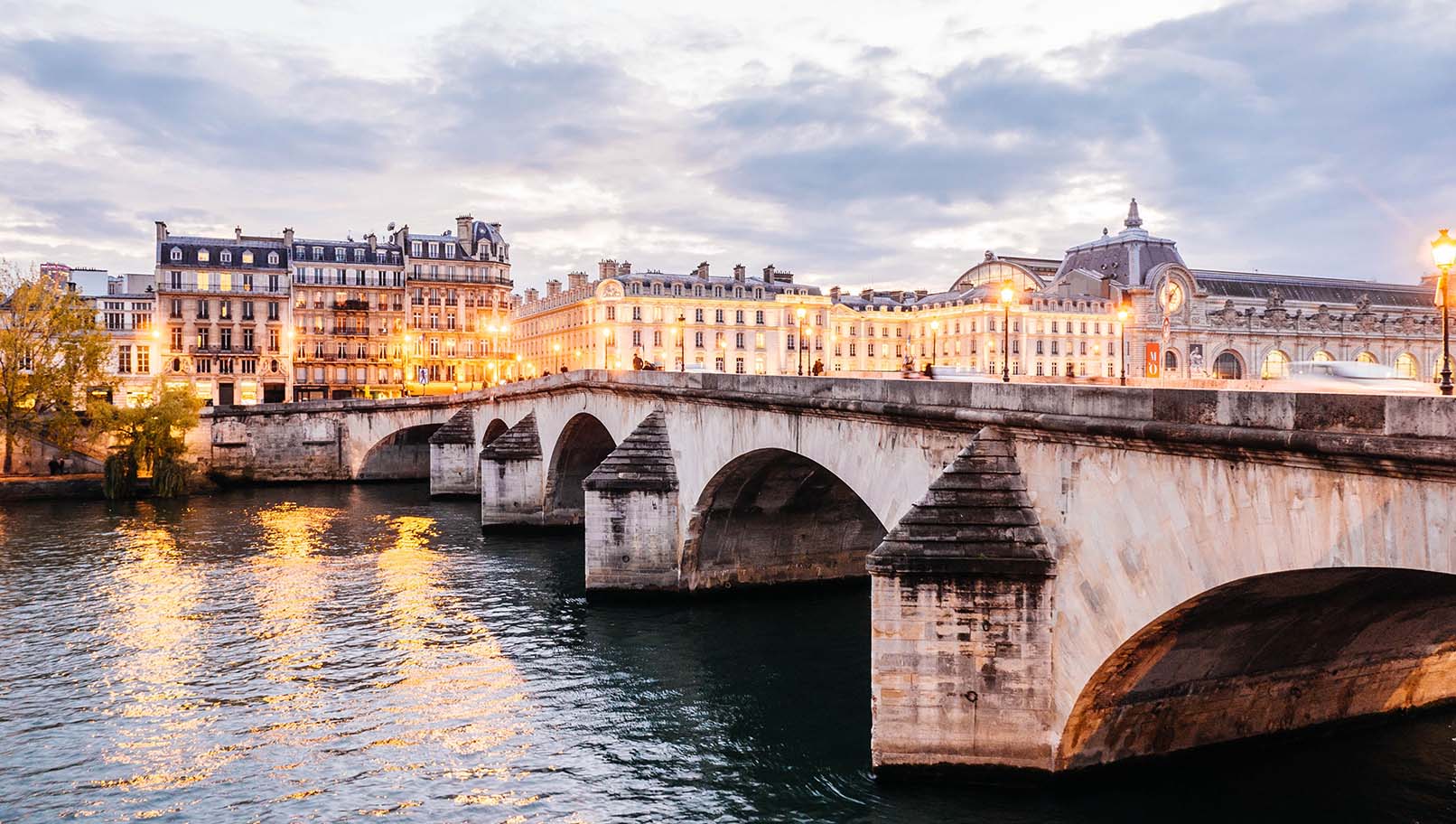
Most popular sight: Musee d’Orsay
Top recommendation: Le Marais
Almost everyone knows something about Paris, from the instantly recognisable structure of the Eiffel Tower to the chic style of its inhabitants, outfitted in carefully selected pieces from Parisian boutiques, but Paris is a city of hidden delights, inviting exploration time and time again.
While the Louvre may be the most well-known museum in Paris, you’ll find plenty of visitors flocking to the Musee d’Orsay. Here you can surround yourself with the world’s largest collection of impressionist and postimpressionist art within a building that’s a work of art itself. Have a little gawp at the grandness of this former art nouveau train station before heading inside to marvel a bit more at masterpieces by Van Gogh, Manet, Monet, Cézanne, Renoir, and Degas.
You could spend all of your time in Paris visiting tourist top-hitters like the Eiffel Tower or the Musée du Louvre, but we’d recommend seeing Paris life as it is now and trying something a bit different by heading over to Le Marais. This vibrant neighbourhood is famed for its boutiques and galleries, as well as the strong influence of the local LGBTQ+ community. Gather up smoothies at the local market and pack a bag full of pastries before heading to Le Luxembourg for a typically French picnic, best supplemented by real French wines and cheeses.
Provence & the Côte d'Azur
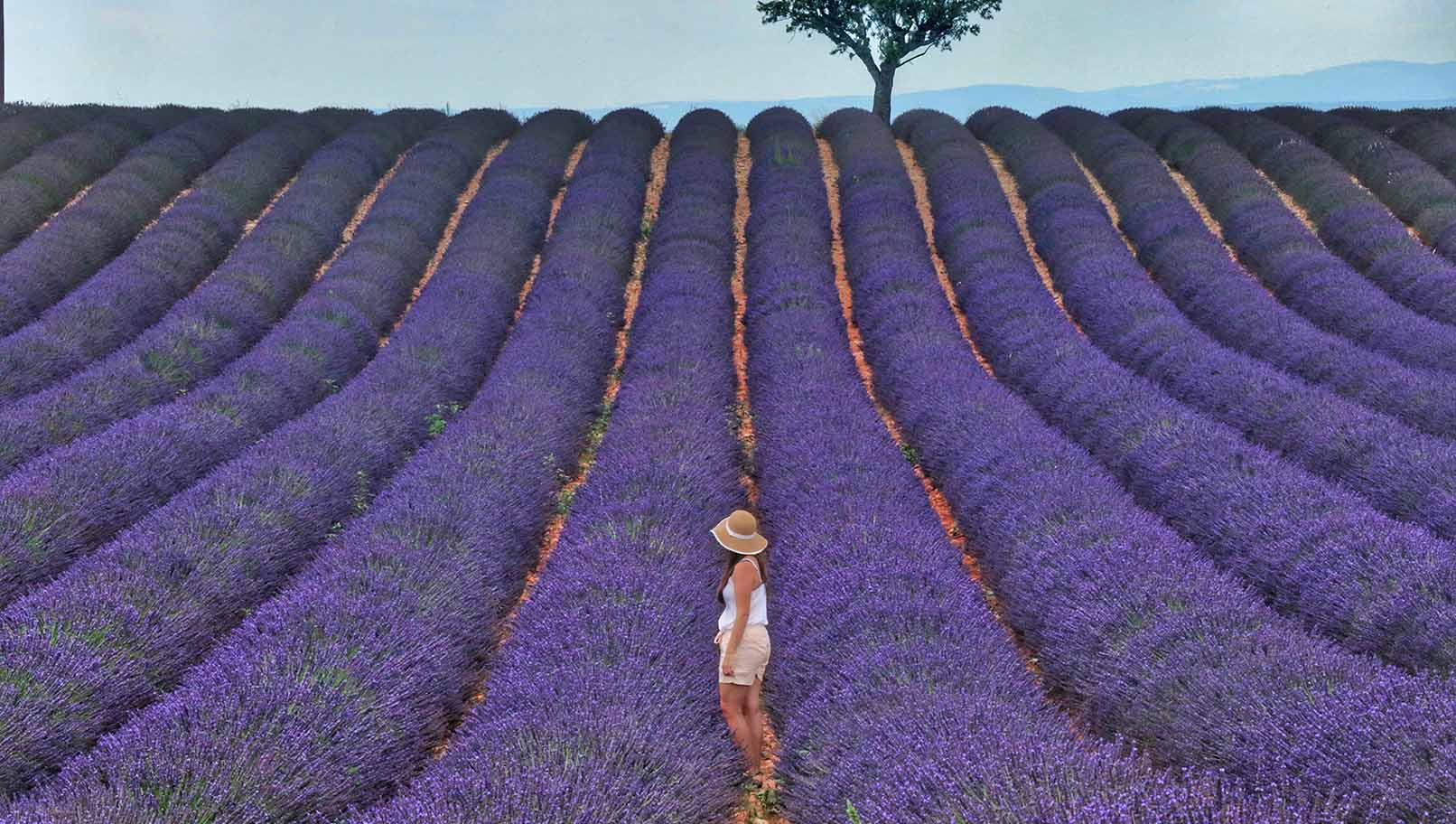
Most popular sight: Aix-en-Provence
Top recommendation: Cassis
This is the spot for explorers and outdoorsy types. Provence and the Côte d’Azur are known for diverse landscapes that flit between lavender fields and ancient olive groves, clifftop roads and even snow-tipped mountains. And if you’re the outdoors type but prefer to spend your days in swimwear, then the deep blue waters of the Côte d’Azur are calling.
While it’s difficult to choose just a couple of spots to visit in this rich and varied region, you’ll see plenty flocking to Aix-en-Provence, and for good reason. In the 15th century artists and academics, nobles, courtiers and jurists all set up in Aix, leaving it with a legacy of great art, elegant architecture and an air of luxury. It’s the perfect spot to pick up some paintbrushes under the expert guidance of a Provençal artist while absorbing inspiration from your surroundings. It’s also one of those spots in France where it would be criminal not to dive in face-first to the local food. Just a suggestion.
There are plenty of spots along the Côte d’Azur where you could have the time of your life in its rich waters, but our tip is to head to Cassis. This fishing port is lined with restaurants, bars and pebbled beaches, but its best explored from the water itself. Hop on a boat to take a trip through fjord-like calanques, whose rugged cliffs and inlets are an explorer’s dream. Grab a snorkel to explore from below the water’s surface too.
The French Alps
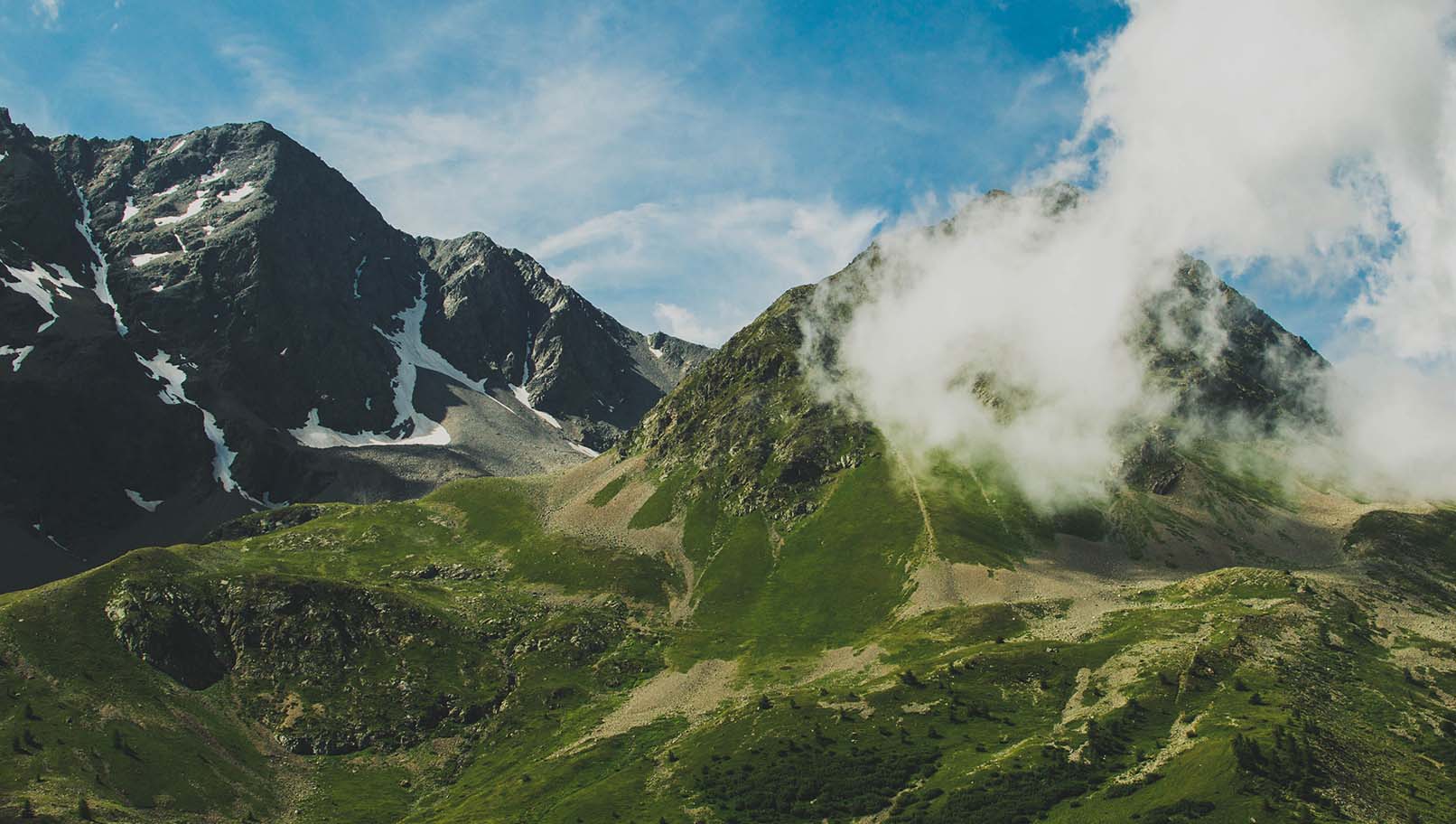
Most popular sight: Chamonix
Top recommendation: Vercors Regional Nature Park
The sky is quite literally the limit on a visit to The French Alps, which boast some of the highest peaks in Europe, the highest being the simply staggering Mont Blanc. The Alps are located on the south-east of France, bordering Switzerland and Italy with both Lyon and Grenoble airports nearby. You can venture into the otherworldliness of the Alps via cable cars that will take you to vertigo-inducing heights, or book an experienced guide who can expertly help you venture into the mountainous terrain.
Head to Chamonix to surround yourself with mountains and mountain-lovers alike. Here, the quiet wild beauty of the mountains is in stark contrast to the buzz of downtown Chamonix, where the streets are dotted with top-notch restaurants and sports-gear stores. Indulge in Michelin-starred food to fuel your journey into the mountains. Chamonix has cable car access to Aiguille du Midi and the Mont Blanc massif, so whether you’re a skier or more of a sightseer, there’s plenty of opportunities to explore the mountains up-close.
The Alps is also a great spot for those who may be a little-snow adverse. Over at Vercors Regional Nature Park, you’ll be able to hike mile after mile of otherworldly natural scenery. Traverse through Gorges de la Borne and the Combe Laval to feel like you’re on top of the world as you peer down at the dizzying view of the valleys below while keeping your eyes peeled for Alpine ibex. The adventurers out there can also get their fill of climbing, canyoning, caving or paragliding amidst this beautiful slice of unspoilt natural terrain.
Normandy
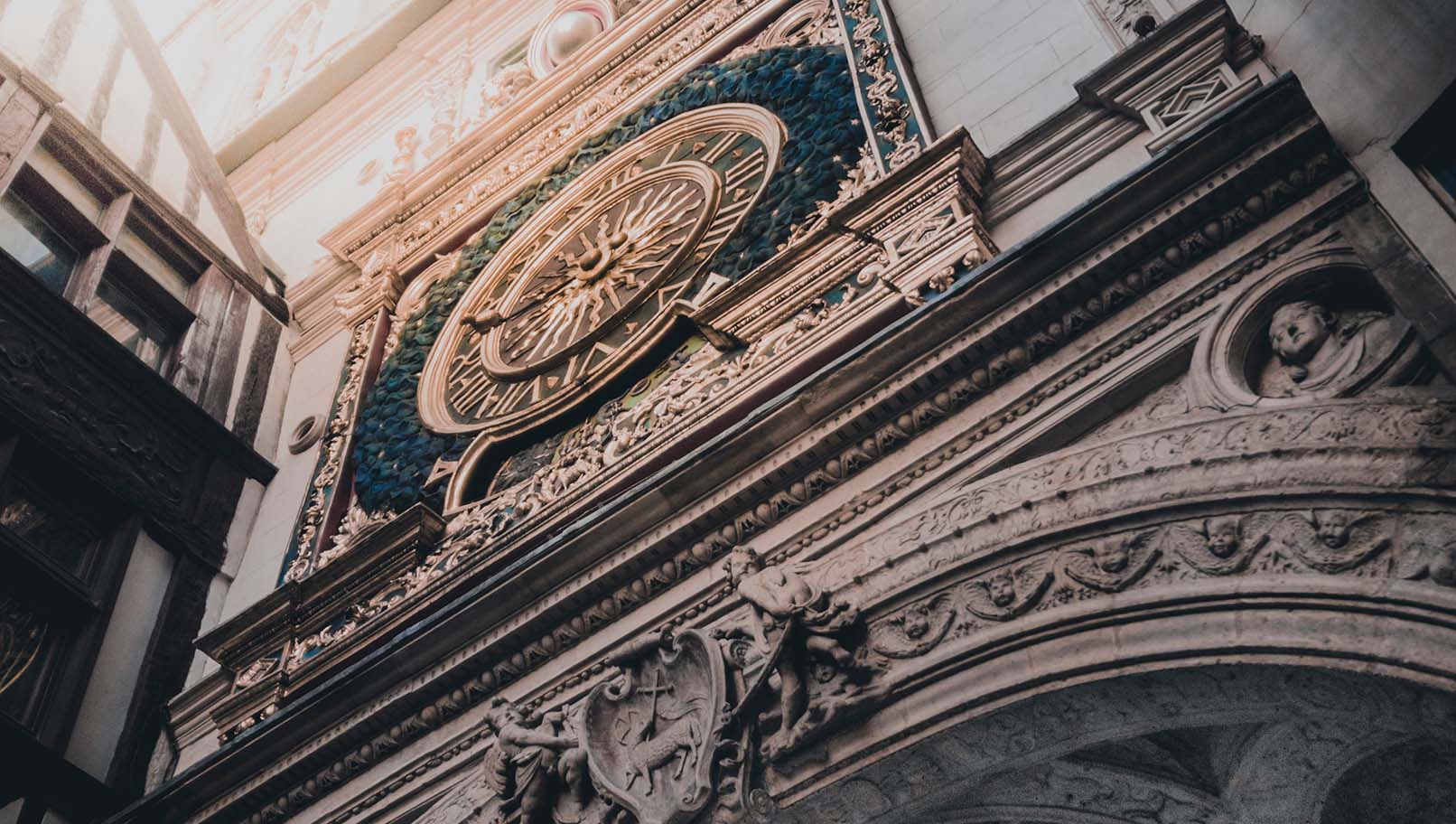
Most popular sight: Abbaye du Mont-Saint-Michel
Top recommendation: Rouen
A visit to Normandy will have you discover an area rich with history, from the 1066 Norman invasion of England to the D-Day landings of 1944, this area of rugged beauty is home to plenty of interesting elements for history buffs to explore. With such a past, it’s not surprising that it’s also home to some of France’s finest museums amidst its quiet pastoral villages and charming maritime ports.
To see some historical architecture that is truly a bit special, head to Abbaye du Mont-Saint-Michel. Built on an inhospitable site over a period of 1,300 years this remarkable structure is a technical and artistic masterpiece, utilising the expertise of generations of builders. Both a major place of pilgrimage in the Christian West and a centre of medieval culture, the Abbey’s history is complex and fascinating. For the best experience, book in with a tour guide who can guide you through the significance of this incredible building.
To explore more of Normandy’s history, take some time to meander around the fascinating and engaging city of Rouen. It was here that Joan of Arc was tried for heresy and burned at the stake in the central square in 1431, while the city itself has endured bombings, plague and occupations. Today, Rouen is a city overlooked by a soaring Gothic cathedral with a restored medieval quarter ripe for exploration.
Loire Valley
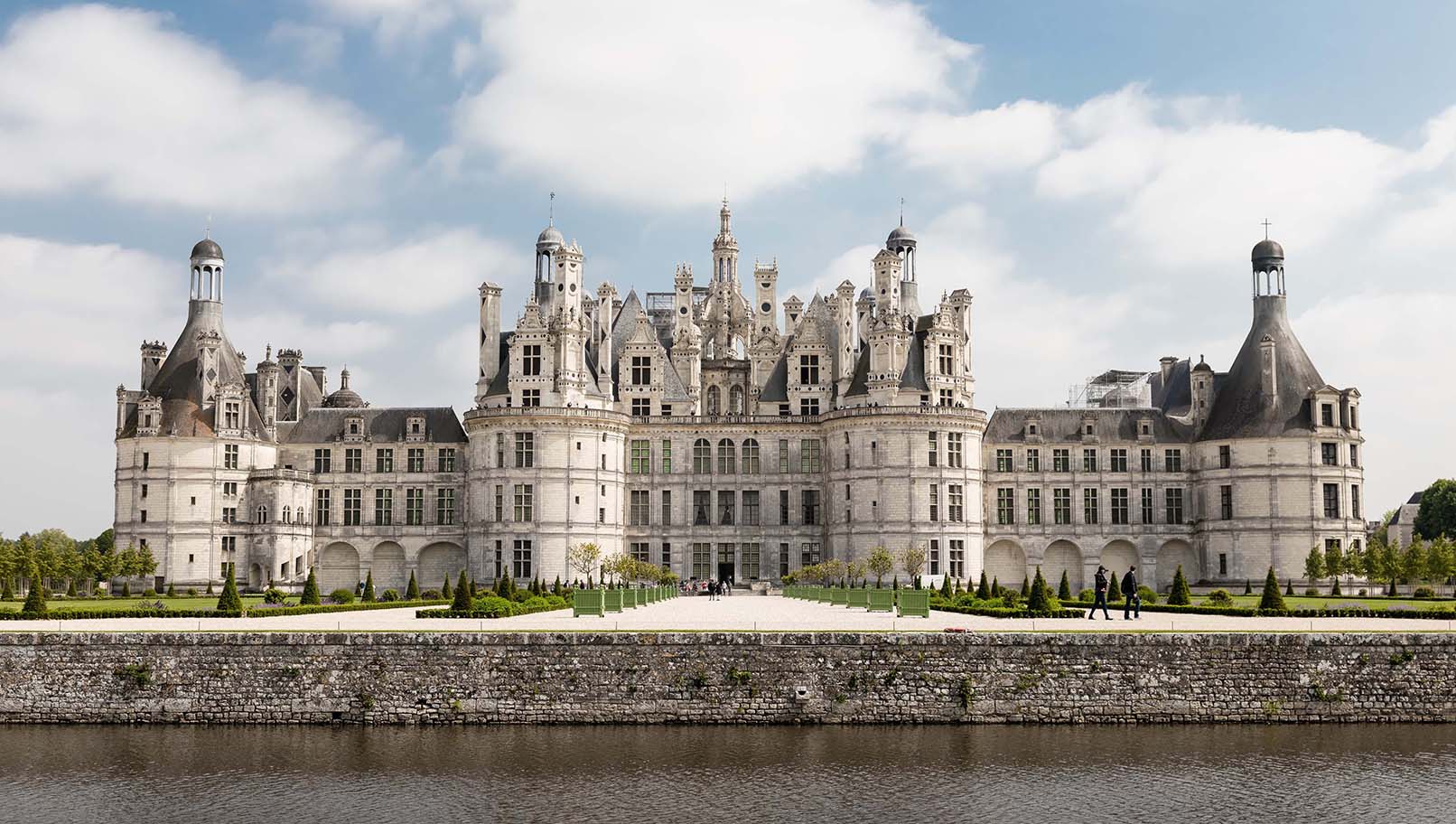
Most popular sight: Place Plumereau
Top recommendation: Le Chateau du Clos Luce – Parc Leonardo da Vinci
If you’re searching for a spot of French splendour, then pop on over to the Loire Valley. In the past kings, queens, dukes and nobles flocked here, establishing feudal castles and decadent pleasure castles, leaving a legacy of indulgence. Surrounding opulent aristocratic estates are villages and vineyards that have built the Loire Valley’s reputation for excellent winemaking, making it the perfect spot for a tour and a taste of some of France’s best wine.
The former Gallic-Roman settlement of Tours lies between France’s Cher and Loire rivers and is a big draw for tourists thanks to its plethora of centuries-old architecture as well as its great location for those looking to jump into some chateaux exploration. We’d recommend venturing into Place Plumereau, located in the pedestrianised centre of old Tours. In this traffic-free spot, you’ll find the streets lined with pretty half-timbered buildings, while the square is alive with cafe and restaurant buzz.
Because you can’t visit the Loire Valley without paying a visit to one of its many chateaux, why not visit one with a rather famous former inhabitant? Château du Clos Lucé was once Leonardo da Vinci’s residence in Amboise, where he spent the last three years of his life, devoting himself to perfecting his inventions. A wander through its expansive garden reveals models of many of da Vinci’s inventions, lifesize and available to explore up-close. The chateaux itself is a treasure trove of da Vinci artefacts.
Brittany
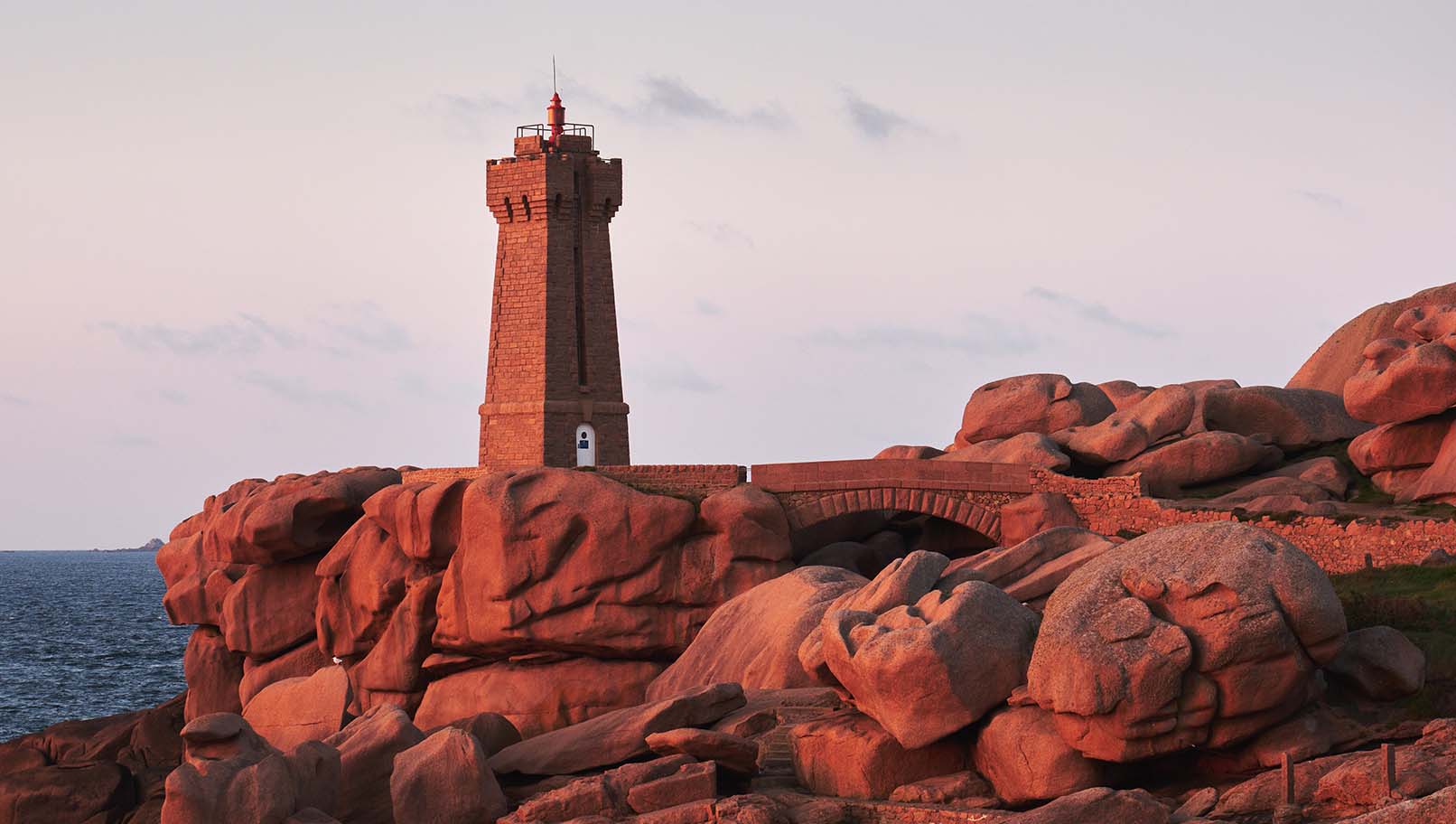
Most popular sight: Ploumanac’h
Top recommendation: Centre Historique
Brittany is for explorers, history-lovers and foodies alike. This region is home to a wildly dramatic coastline, including the ruggedness of Finistère, and feels like an unexplored chunk of natural goodness. While tourists may flock to the world-famous sights of St-Malo and Dinard, surprising delights can be found if you venture away and towards the lesser-known towns of Roscoff, Quimper and Vannes. The other element that makes Brittany a stand-out spot is the fiercely independent locals, who celebrate Breton culture at every opportunity.
To see some of Brittany’s more unusual coastline, traipse over to Ploumanac’h. This seaside spot is a former fishing village that’s hit the top of tourists’ lists thanks to its stunning pink granite cliffs. These imposing, pink granite rocks are world-famous and have picked up nicknames for individual formations, such as Napoleon’s Hat, the Lovers’ Hideaway and the Mushroom. Carry on your exploration to Perros, where not only will you find a peninsula with a wide range of scenery to explore, but sandy beaches ripe with watersport opportunities.
A lot of what makes Brittany, Brittany is its inhabitants, so while it may be tempting to stick to the coastlines we recommend venturing a little inland to explore the towns and cities too. Dinan, with its cobbled streets, medieval ramparts and half-timbered houses, is often cited as one of the prettiest towns in Brittany and is a top spot for rambling away a day. The Centre Historique, in particular, is full of architectural character and will take you on a trip back in time.
Alsace
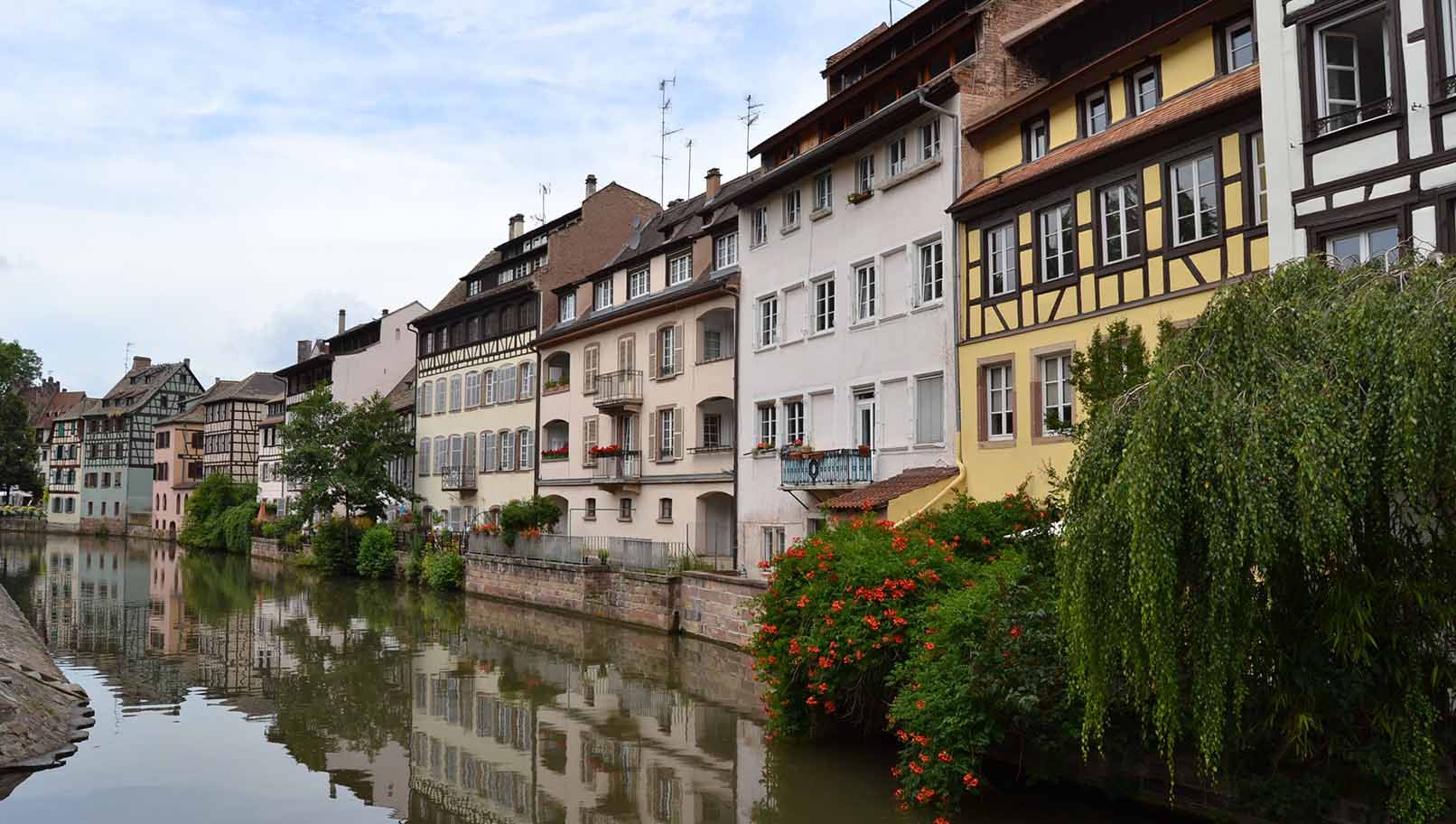
Most popular sight: La Petite France
Top recommendation: Little Venice
The historical region of Alsace owes a significant part of its identity to its location, bordering Switzerland to the south and Germany to the east. Unsurprisingly, the cuisine has its own unique flavour too, fusing French and German influences to create its Alsatian gastronomic identity. This distinct identity is also reflected in its language, history and architecture too. This is a region steeped in centuries-old traditions, featuring landscape scattered with vineyards and splashes of colour from its unusually hued villages.
La Petite France, with its interlocking waterways and brightly painted half-timbered houses, is a photographer’s dream. A former leather-tanning district, it was once home to fishermen, millers and tanners and led to the streets being built level with the waterways to meet their needs. The candy coloured-houses are striking when reflected in the water, but this isn’t a little-known spot and you may need to partake in a little jostling for the best views.
In contrast, Little Venice, likely to have gained its name from the original line of the houses on both sides of the river, is a little lesser-known and still an example of the picturesque historic buildings of Alsace. Explore this region, originally inhabited by a rural community of wine-producers, market gardeners and boatmen, from the water by hopping on a boat trip. As you sail through Little Venice, you’ll see typical Alsatian half-timbered houses along the riverbanks of an area that still holds strong with the charm of the past.
Cannes
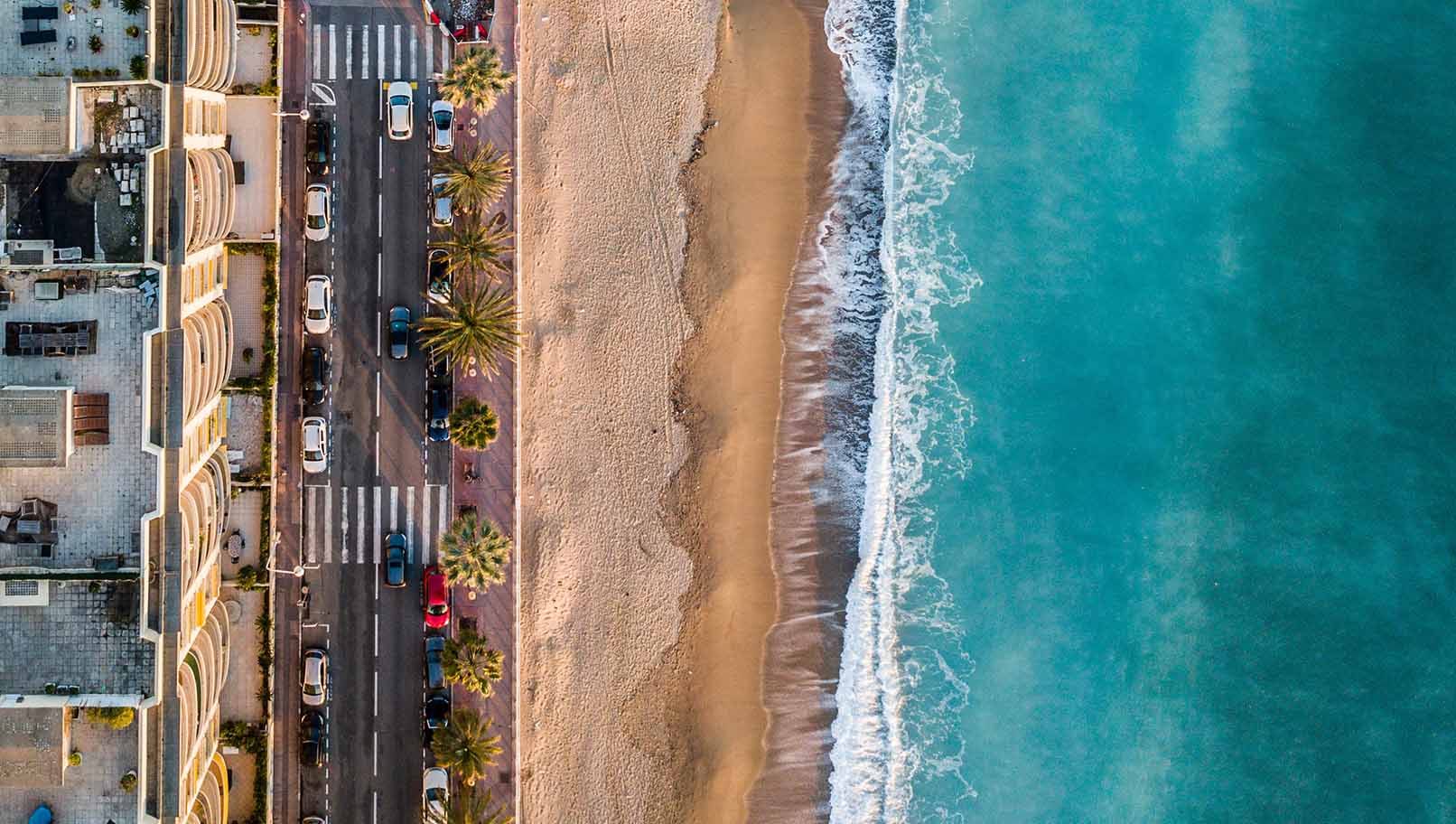
Most popular sight: Iles de Lerins
Top recommendation: Le Suquet
While Cannes may be known for the glamour of a certain film festival, don’t assume that the glitz stops there. Year-round you’ll have the opportunity to stroll through designer bars, couture boutiques and the odd palace, while Ferraris become a familiar sight. But what attracted the celebrities in the first place is still available to those who might not have quite so much cash to splash. The city’s infamous beaches certainly shouldn’t be overlooked, and you can enjoy the beautiful bay, harbour and scattering of offshore islands whether you have a mega yacht at your disposal or not.
Make use of the ferries to hop on over to the Iles de Lenin’s, a clutch of islands ripe for exploration thanks to their unspoilt natural beauty and rich history. Ile Saint-Honorat is home to a centuries-old Abbey and the whole island exudes an air of calm and spirituality, while Ile Sainte-Marguerite allows you to explore the mystery of the Man in the Iron Mask, discover archaeological digs or hike through the nature reserve of Le Bateguier.
Back on the mainland, make sure you experience the Cannes of old in Le Suquet, the ancient Old Town dating back to Roman times. A labyrinthine streets guide you around this former fishing village, taking you past cosy bistros and showing a side of Cannes beyond its glossy facade.

